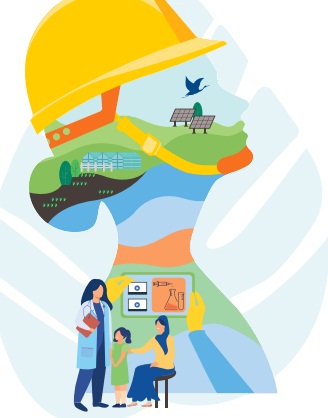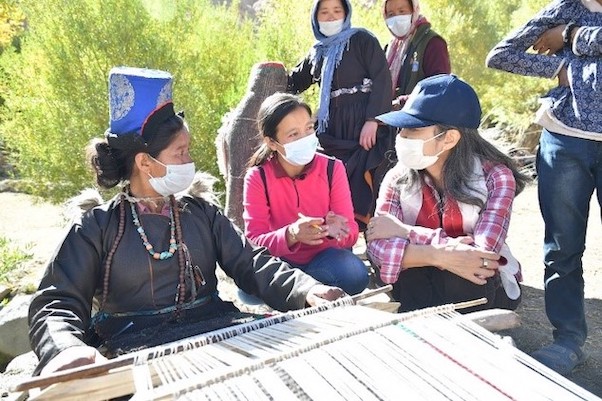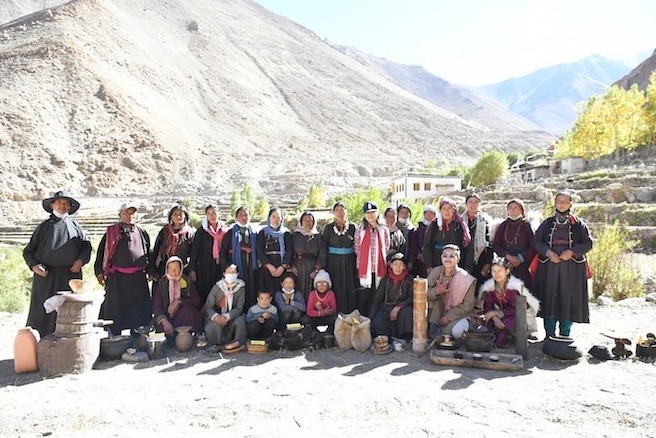Community-based Tourism: Protecting Nature, Conserving Traditions
Regards,
Related Articles
Assam: Rajdhani Express derails after collision with herd, 8 elephants die on track, one critical
Eight elephants were killed in a collision with the Rajdhani Express in Assam. A baby elephant has been severely injured in the accident which...
National Stock Exchange (NSE) and Mumbai Climate Week Launch MCW 2026 Innovation Challenge to Spotlight Climate Solutions from the Global South
Mumbai, India: In a significant step towards strengthening India’s climate innovation ecosystem, Mumbai Climate Week (MCW), in partnership with National Stock Exchange (NSE) has...
China Embassy tells Delhi How it Cleaned its Air: Tough Vehicle Rules and Public Transport Focus
Delhi’s winter pollution has once again brought public health and governance into sharp focus. As thick smog hangs over the city and emergency measures...





 Ms Shoko Noda (Japan) is UNDP Resident Representative in India. Previously, she was the UN Resident Coordinator and UNDP Resident Representative in the Maldives. Ms Noda was pivotal in taking forward the development agenda of the Maldives in a politically fluid and charged context. Effectively engaging key national political interlocutors, she has coordinated analysis, engagement and diplomatic action, in addition to strong resource mobilisation at a crucial transitional post-elections phase. She is a strong advocate for gender equality and climate action.
Ms Shoko Noda (Japan) is UNDP Resident Representative in India. Previously, she was the UN Resident Coordinator and UNDP Resident Representative in the Maldives. Ms Noda was pivotal in taking forward the development agenda of the Maldives in a politically fluid and charged context. Effectively engaging key national political interlocutors, she has coordinated analysis, engagement and diplomatic action, in addition to strong resource mobilisation at a crucial transitional post-elections phase. She is a strong advocate for gender equality and climate action.